Moving into a new home is an exhilarating milestone, especially for first-time homebuyers. The excitement of starting fresh in a new place can sometimes overshadow the essential details, such as ensuring your mail reaches your new address without interruption. One of the most crucial steps in this transition is forwarding your mail with the United States Postal Service (USPS). This guide will walk you through the entire process, making your move smoother and stress-free.
Introduction
Moving into your new home is a mix of joy and stress, especially for first-time homebuyers. Amidst all the excitement, one critical step often overlooked is ensuring your mail gets forwarded to your new address. Forwarding your mail with the United States Postal Service (USPS) is a simple yet crucial task that can save you from missing important documents and packages. This guide will help you navigate the mail forwarding process smoothly, ensuring all your correspondence arrives at your new home without a hitch.
Plan Ahead for Mail Forwarding
Planning your mail forwarding request ahead of time is essential. Although USPS can start forwarding your mail within three business days of your request, it’s best to allow up to two weeks to ensure all your mail reaches your new address without interruptions. Early planning helps you avoid any delays in receiving important documents and packages during your move.
What Mail Is Forwarded?
Types of Mail Forwarded
Understanding what types of mail are forwarded can help you manage your expectations:
- First-Class™ Mail and Periodicals: These include letters, newsletters, and magazines, forwarded for free.
- Priority Mail Express®, Priority Mail®, and USPS Ground Advantage®: These packages are forwarded at no additional cost.
- Media Mail®: Items are forwarded, but you must pay for the shipping from your local Post Office to your new address.
Types of Mail Not Forwarded
- USPS Marketing Mail®: Unfortunately, this type of mail is not forwarded.
Remember, your change of address order only updates your mailing address with USPS. You must still update your address with government agencies (for benefits, driver’s licenses, voter registration) and companies (banks, insurance, online stores).
How to Change Your Address Online
Changing your address online is a straightforward process:
Step-by-Step Process
- Visit the Official USPS Change of Address website.
- Choose an option: “Individual,” “Family,” or “Business” move, and complete the form.
- Verify your identity online by opting to receive a verification code on your mobile phone.
- Pay the $1.10 identity verification fee. Ensure your credit card billing address matches either your old or new address.
Verification and Fees
If your online identity verification is successful, you’ll receive a confirmation code via email. This code can be used to modify or cancel your request. Additionally, you’ll receive a Move Validation letter at your old address and a Customer Notification Letter at your new address with a welcome kit and coupons.
Confirmation and Notifications
If online verification fails, you will receive an email with instructions and a barcode. Bring this email and a photo ID to a local Post Office to complete the process.
Changing Your Address at the Post Office
If you prefer or need to change your address in person, follow these steps:
In-Person Process
- Visit your local Post Office with a valid photo ID and necessary documents.
- Request a free Mover’s Guide packet.
- Fill out the PS Form 3575 found inside the packet and submit it to the retail associate. They will verify your identity and process your change of address request.
Required Documentation
Ensure you have a valid photo ID and any necessary documents to verify your identity and new address. This might include your driver’s license, utility bills, or lease agreements.
Special Situations and Exceptions
Certain circumstances require additional steps:
Authorized Agent Submissions
If you’re an Authorized Agent, you need to provide proof such as a birth certificate for a child or Power of Attorney for someone unable to act for themselves.
For Deceased Individuals
You must be an executor or administrator authorized to manage their mail and provide the necessary documents.
International Moves
If moving outside the U.S., you must submit your change of address in person before leaving the country.
Business and Military Moves
These require specific documentation and sometimes coordination with relevant authorities.
Additional Mail Services
USPS Hold Mail Service
If you’re away for 3–30 days, you can pause mail delivery. Your mail will be held and delivered when you return or can be picked up at the Post Office.
Extended Mail Forwarding
Standard forwarding lasts 12 months. You can extend it for 6, 12, or 18 more months for a fee. Note that this service cannot be canceled or refunded.
FAQs
What is the USPS mail forwarding fee?
The USPS mail forwarding service fee is $1.10 for identity verification when submitting an address change request online.
How long does USPS mail forwarding last?
USPS mail forwarding lasts for 12 months. You can extend it for an additional 6, 12, or 18 months for a fee.
Can I forward my mail before moving?
Yes, you can schedule your mail forwarding to start on a specific date up to 30 days in advance of your move.
How can I verify my identity for USPS mail forwarding?
You can verify your identity online by receiving a verification code on your mobile phone and paying the $1.10 fee with a credit card that matches your old or new address.
What should I do if my mail forwarding request fails?
If your online verification fails, you will receive an email with instructions and a barcode. Bring this email and a photo ID to a local Post Office to complete the process.
Is there a way to extend mail forwarding beyond the initial period?
Yes, you can extend mail forwarding for 6, 12, or 18 more months by paying a fee. This service ensures your mail continues to reach your new address beyond the standard 12-month period.
More Essential Guide to Moving In
Your Essential Guide to Moving In: Making Your Home Utilities Smart
Integrate smart technology into your new home with this comprehensive guide to essential smart home devices. Enhance efficiency, safety, and convenience with smart solutions.
Your Essential Guide To Moving In: Your New Homes Utility Mains Guide
This guide will help you understand and manage your home's utility mains, ensuring safety and preparedness in case of an emergency.
Keep Your Documents Safe – Top Document Safes of 2024
Secure your important documents with the best safes for new homeowners. Learn about fireproof, waterproof, and biometric options to keep your documents protected from damage and theft.
Essential Kitchen Organization Gadgets
Starting fresh with an organized kitchen can make your daily routines smoother and more enjoyable. Here are some must-have products to help you efficiently organize your kitchen and make the most of your new space.
Your Essential Guide To Moving In: How to Efficiently Unpack and Organize Your Kitchen
Discover how to efficiently unpack and organize your kitchen after moving with these step-by-step tips to ensure a functional and clutter-free space.
Your Essential Guide to Moving In: Your Kitchen Organization Checklist
The perfect checklist to organize your kitchen
Your Essential Guide to Moving In: 21 Essential Tools for New Homeowners
Discover the 21 essential tools every new homeowner needs for moving and home maintenance. Ensure your toolbox is equipped to handle all DIY projects and repairs with confidence.
Top 7 Front Door Locks of 2024
The Best Front Door and Smart Locks of 2024 Securing your home with the best front door and smart locks is crucial for peace of mind and protection against unauthorized access. A reliable lock not only keeps intruders out but also provides a sense of security and control over who can enter your home.
Your Essential Guide to Moving In: How to Change Door Locks and Update Garage Codes
Moving into a new home? Enhance your security by changing door locks and updating garage door opener codes. This step-by-step guide will help you safeguard your space.
Your Essential Guide to Moving In: Forwarding Your Mail with USPS
Learn how to forward your mail with USPS when moving to a new home. This essential guide helps new homeowners ensure a smooth transition by planning ahead for mail forwarding.

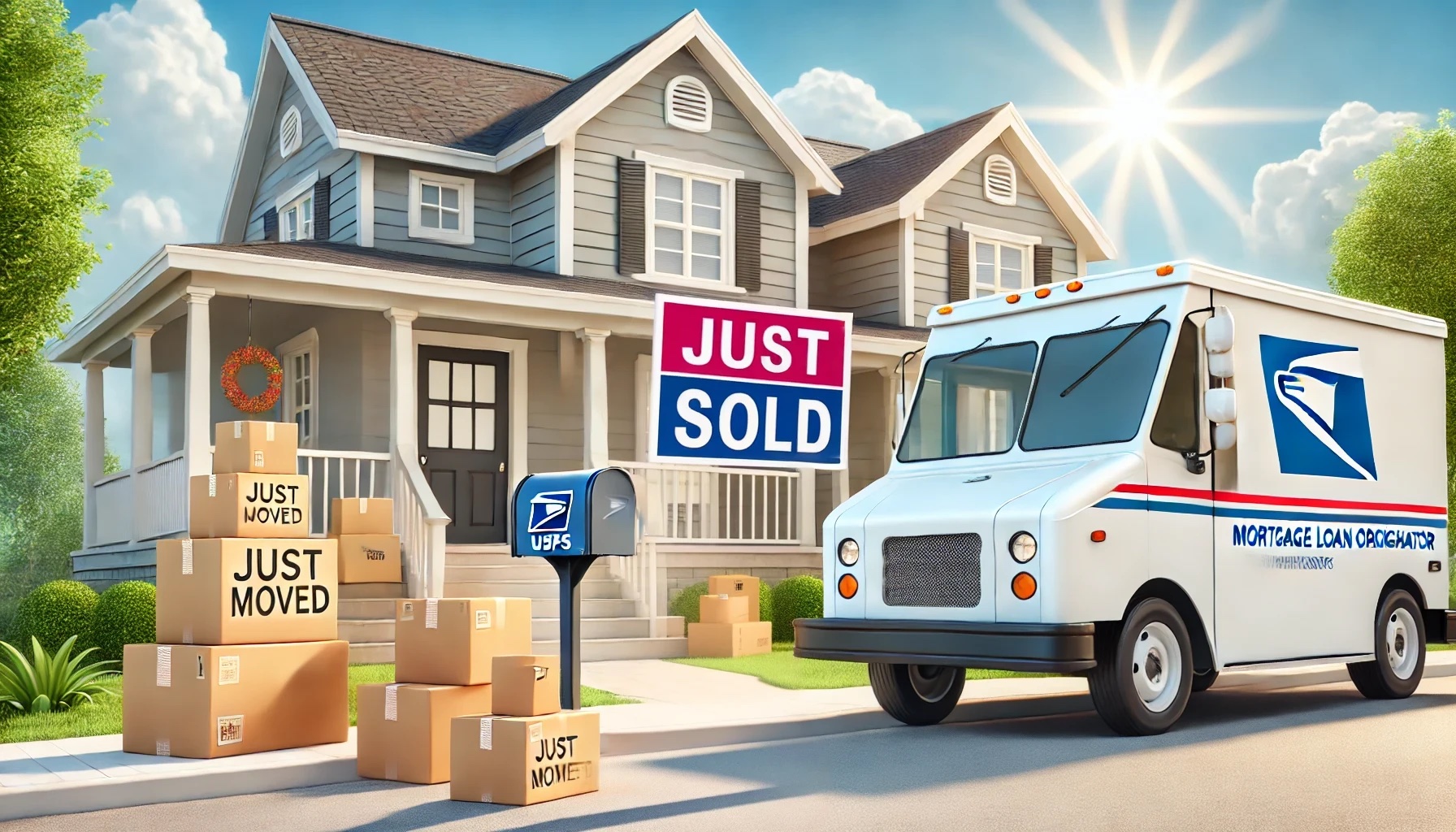

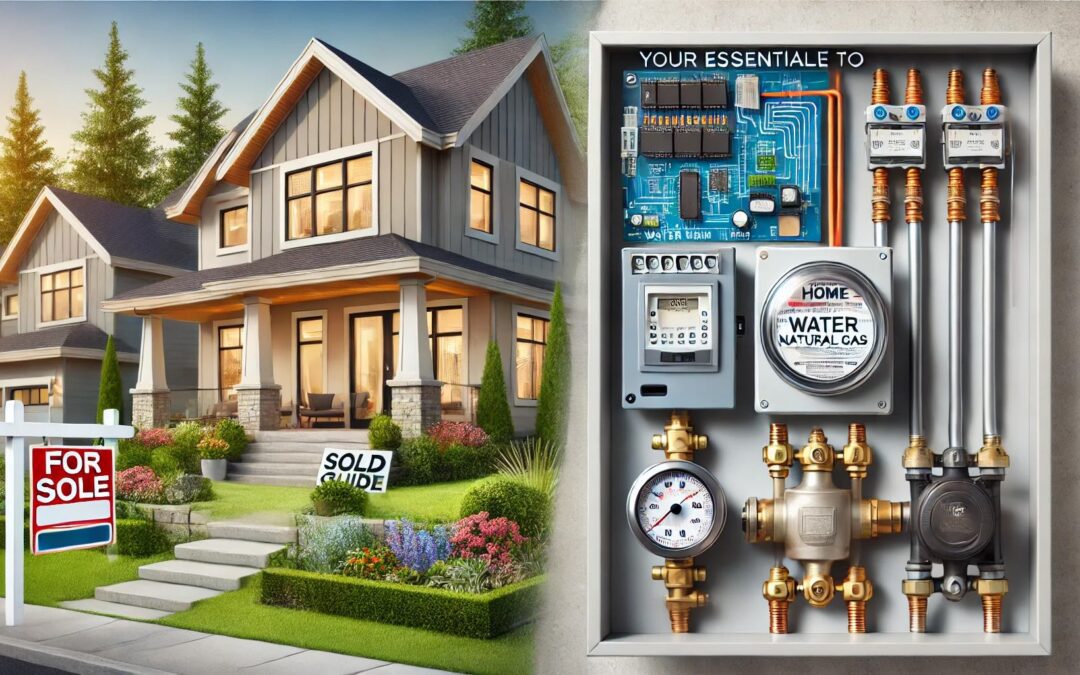
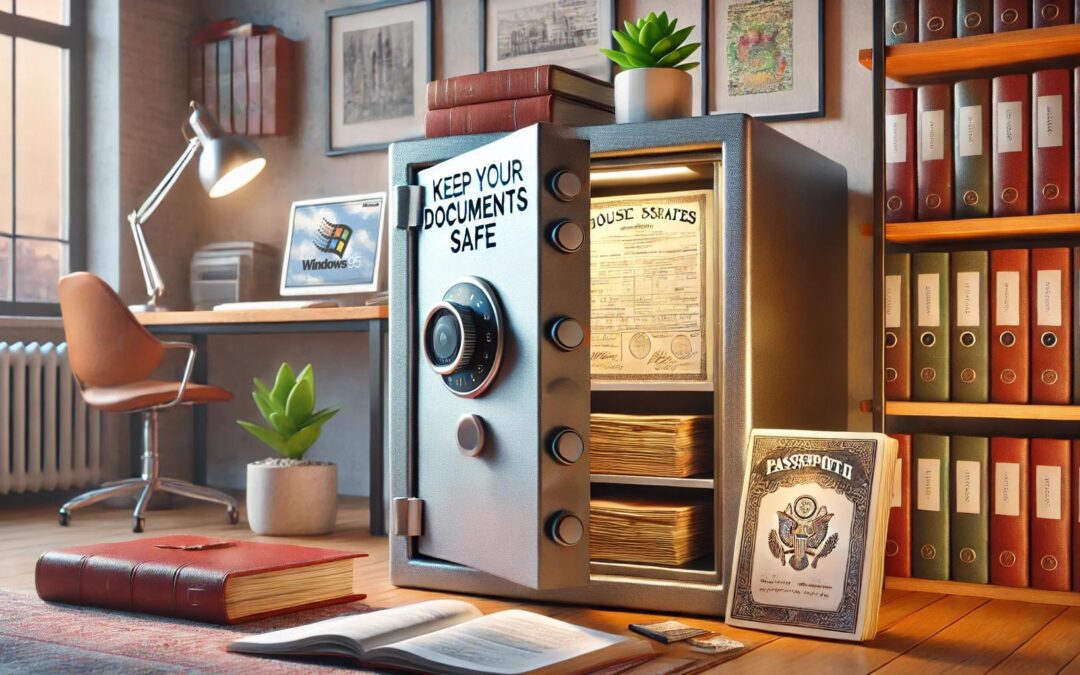




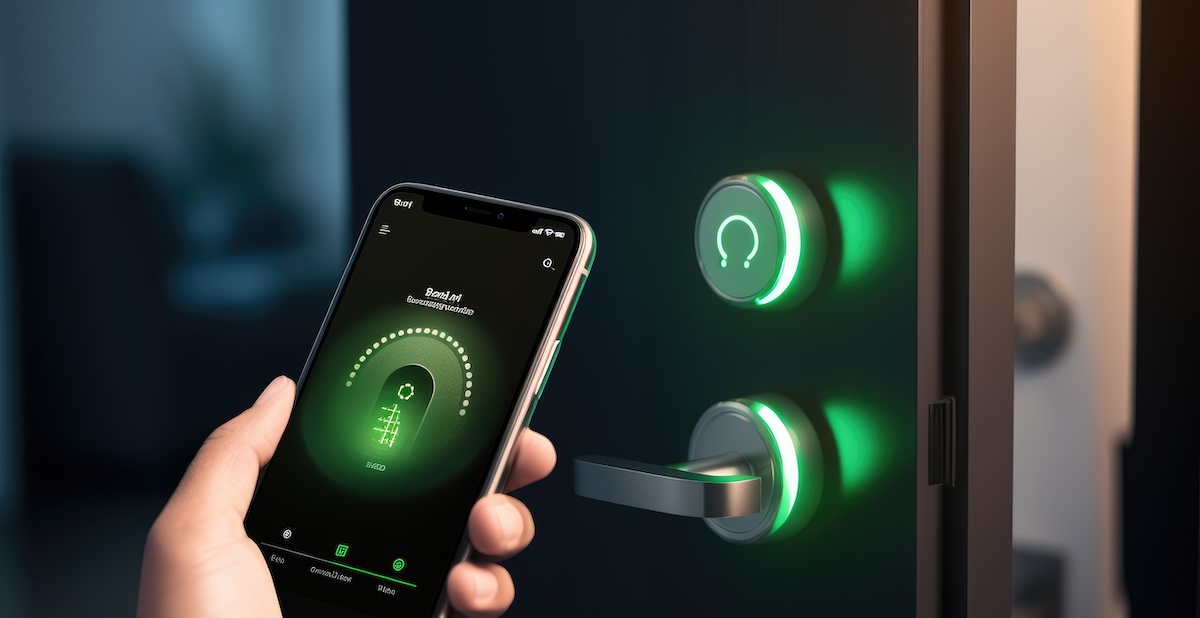
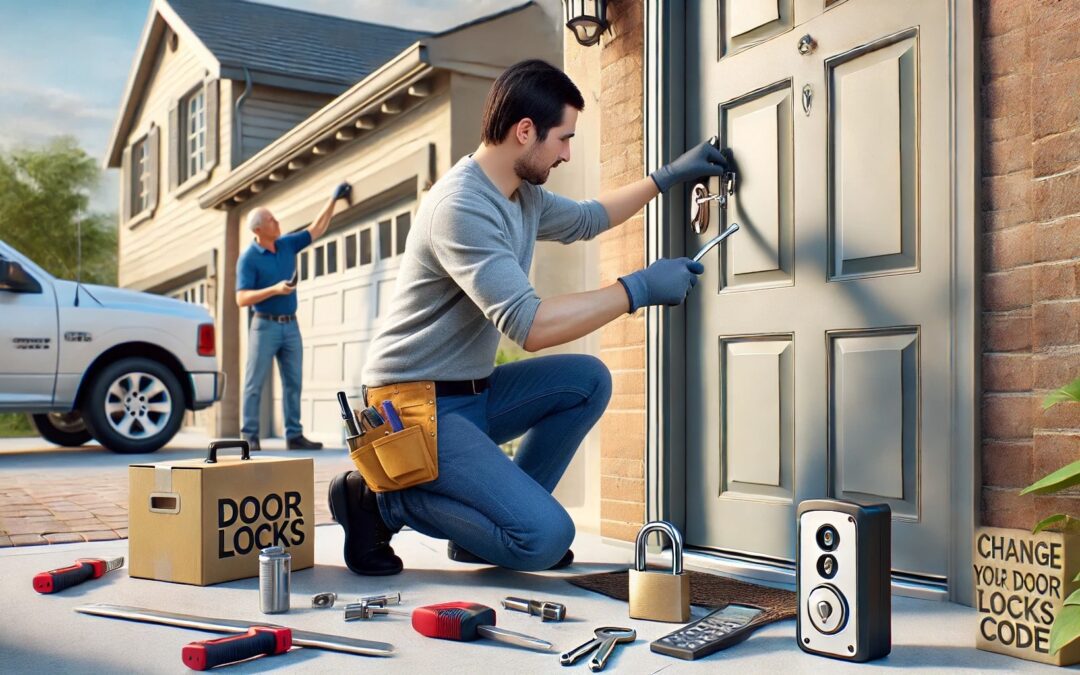





0 Comments